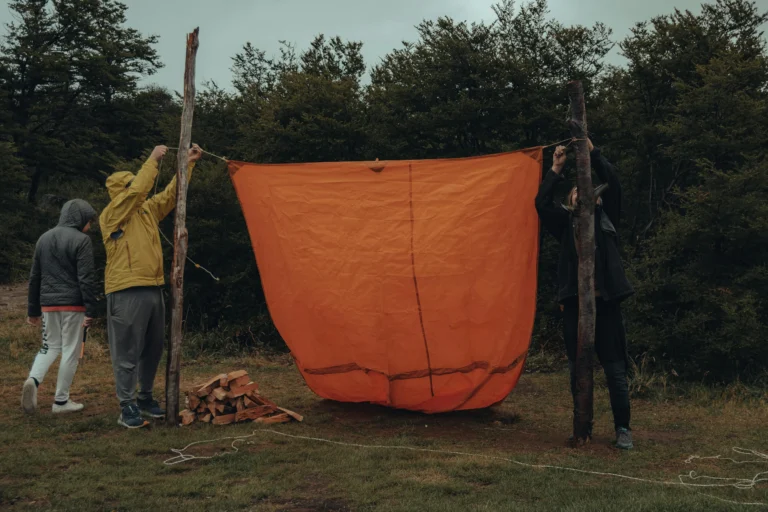You can almost hear it—the quiet. No streetlight glow, no calendar chime, no utility bill waiting at the door. Just a sky full of stars and a home that runs because you designed it.
Helpful resource: To plan resilient power, water, heat, and food loops without guesswork, follow this small-space off-grid systems plan you can copy and scale to your site.
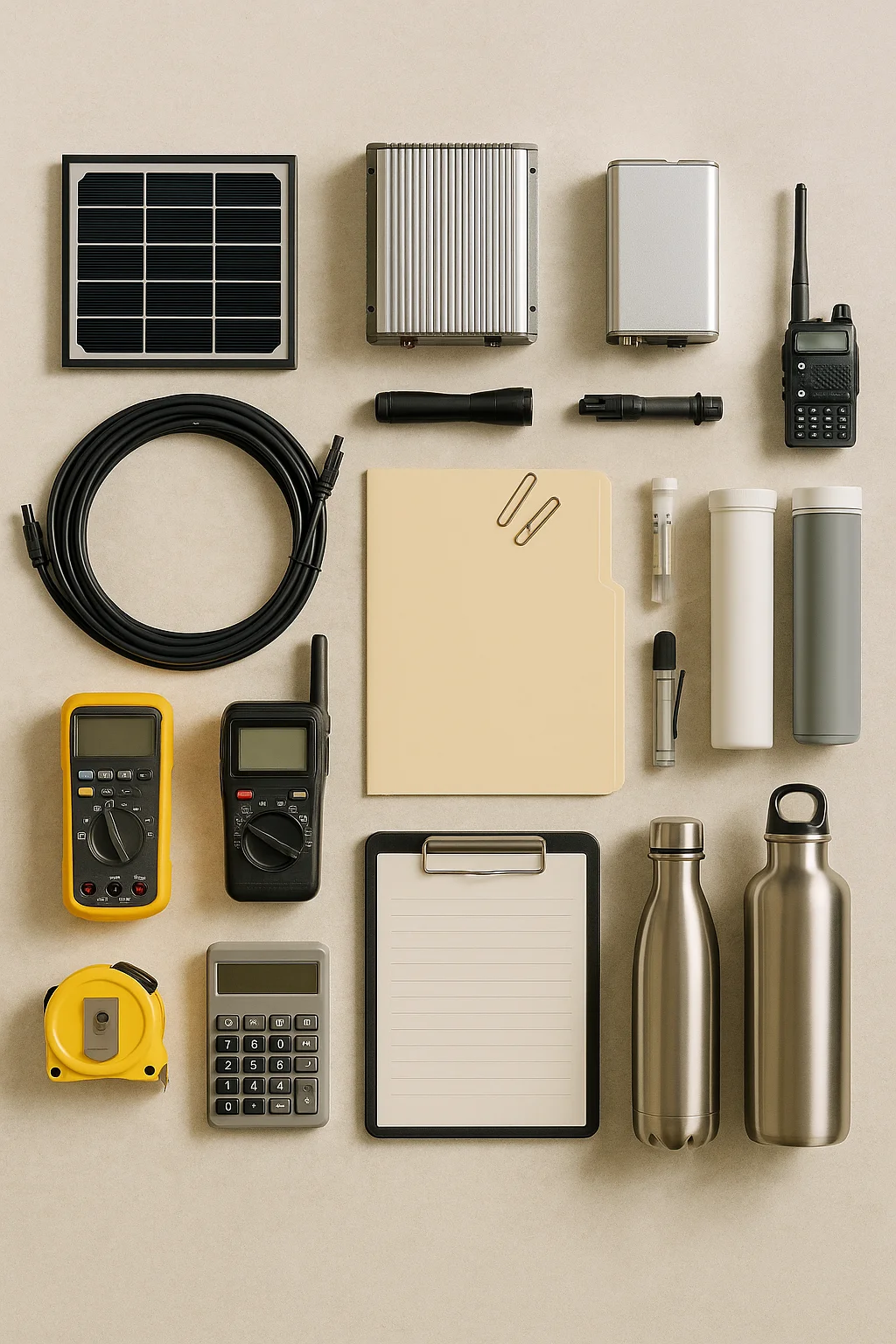
That’s the promise of off grid living. The reality is also battery state-of-charge logs, water you have to protect, and a budget that must stretch across seasons. This guide helps you decide—with eyes open—whether going off grid matches the life you want, and if it does, how to build a plan that actually works.
What You’ll Learn (Why Planning Beats Romanticizing)
By the end, you’ll be able to:
-
Define your version of off grid living (power, water, waste, heat, internet) and set non-negotiables.
-
Model energy and water needs with simple worksheets and realistic margins.
-
Understand zoning, permits, and health rules before spending money.
-
Build a start-up and annual budget (with replacements) that won’t surprise you.
-
Cook, store, and preserve food in ways that reduce power stress.
-
Phase your move with a 90-day pilot so you can adjust before you commit.
Define Your Version of Off Grid Living
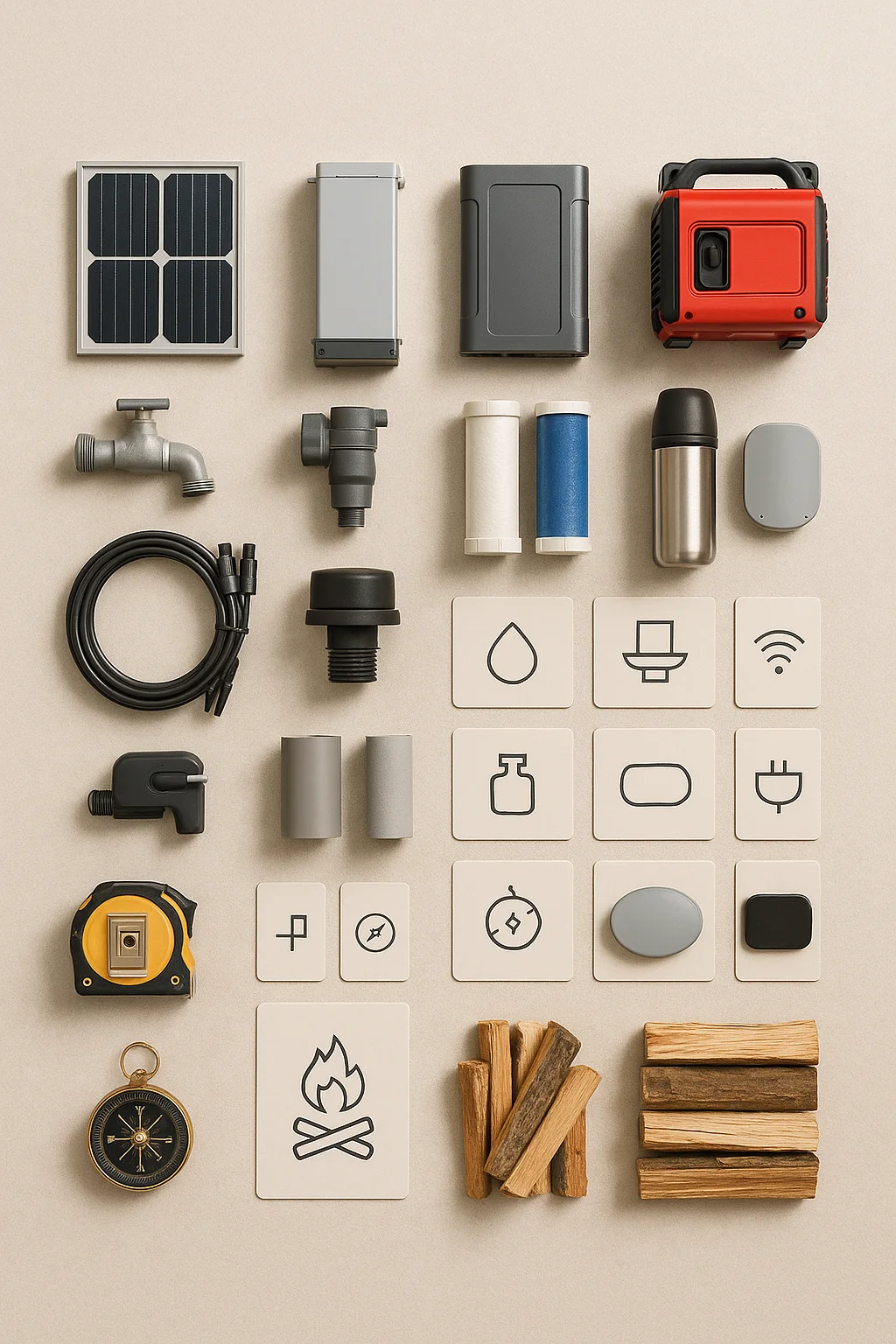
What “Off-Grid” Actually Means (for You)
-
Electric: Solar PV + batteries + backup generator. Where applicable, add wind or micro-hydro.
-
Water: Well, spring, rain catchment/cistern, or hauled water—plus filtration/disinfection.
-
Wastewater: Septic, approved composting toilet, and legally handled greywater.
-
Connectivity: Satellite or LTE internet, radio for emergencies.
-
Scope: Seasonal cabin vs full-time homestead; partially independent vs fully independent.
Clarify Goals Before Gear
-
Why are you doing this—resilience, cost, privacy, homesteading skills, or land stewardship?
-
How many maintenance hours/week can you give—3, 7, 10?
-
What comforts are non-negotiable—hot showers, a full-size fridge, fast internet, AC?
Quick exercise: Draft a one-page “Off-Grid Charter” listing must-haves, nice-to-haves, and hard no’s. Refer to it when gear shopping.
Legal, Zoning & Permits (Don’t Skip This)
Land Use & Building Codes
-
Zoning class (rural/residential/ag) controls dwelling type, outbuildings, setbacks, and density.
-
Minimum dwelling standards: egress windows, insulation R-values, smoke/CO alarms, stairs and rails.
-
Driveway permits and fire access turnarounds in wildfire areas.
Water Rights & Waste Approvals
-
Well drilling permits or shared systems; rainwater legality and cistern placement.
-
Septic design approvals, composting toilet certification, greywater limits.
-
Electrical/solar inspections, grounding/bonding requirements, and disconnects.
Action step: Call the county planning office before you buy land. A 20-minute conversation can save months of redesign.
Budget Reality: Startup + Ongoing Costs
Upfront (CAPEX)
-
Power: PV modules, racking, charge controllers, inverter/charger, battery bank, generator, wiring, safety disconnects.
-
Water: Well or rain system, storage tanks, pumps/pressure tank, sediment-carbon-UV filtration, heat tracing in cold climates.
-
Waste: Septic or composting toilet, vents, leach field or approved containers.
-
Shell & Heat: Insulation, chimney/stove install, roof upgrades for snow/wind loads.
-
Comms: Satellite/LTE hardware, router, backup power for modem.
Ongoing (OPEX)
-
Fuels (propane/diesel/wood), oil changes, filters, chimney sweep, water tests, road snow removal, internet service.
-
Replacement reserves: batteries, inverters, pumps, pressure tanks, generator.
Sample Cost Planning Map (Illustrative—fill with local quotes)
| Category | Upfront Items | Plan For Replacement? | Ongoing |
|---|---|---|---|
| Power | PV array, inverter, batteries, generator | Batteries 8–15 yrs; inverter 10–15 yrs | Fuel, oil, filters |
| Water | Well/cistern, pump, filtration/UV | Pumps 5–10 yrs; bulbs yearly | Test kits, cartridges |
| Waste | Septic or composting toilet | Pumping/parts as needed | Service, media |
| Heat/Cook | Wood/propane stoves, chimney | Gaskets, pipes | Fuel, sweep |
| Comms | Satellite/LTE gear | Router 5–7 yrs | Monthly plan |
Rule of thumb: Reserve 5–10% of system CAPEX per year for replacements. It turns breakdowns into “we planned for this.”
Power: Size an Off-Grid Solar System That Actually Works
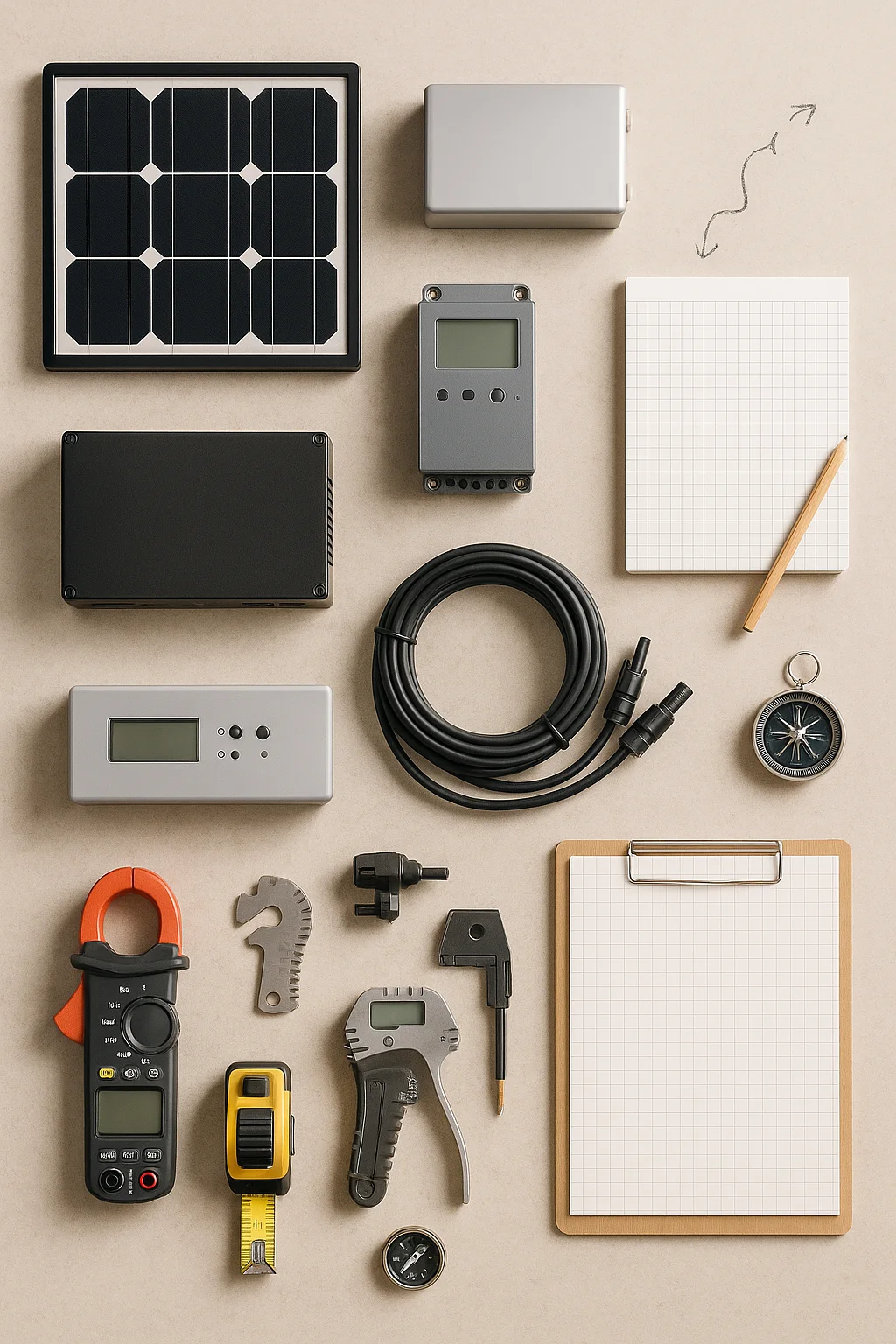
Step 1: Audit Your Loads (kWh/day)
List everything that uses electricity. Note watts × hours/day. Question each load.
-
Swap energy hogs (old fridge, halogen lights) for efficient models.
-
Prefer heat and cooking via wood/propane if your array/battery budget is tight.
-
Consider DC options only where practical; verify pump specs.
Step 2: Battery Storage & Autonomy
-
Choose chemistry for climate/budget: LiFePO₄ (deep cycles, cold management) vs AGM (lower upfront, less usable capacity).
-
Pick days of autonomy (1–3+). Cold climates need more buffer and battery warming plans.
-
Keep a generator for long storms and winter shoulder seasons.
Step 3: Array & Inverter Sizing
-
Size for winter sun, not summer surplus. Review tilt/azimuth/shading.
-
Inverter must handle surge loads (well pumps, compressors).
-
Include combiner boxes, breakers, grounding, and lightning protection.
Table: Power Sizing Worksheet (Fill With Your Numbers)
| Load / Appliance | Watts (W) | Hours/Day | Watt-hours/Day |
|---|---|---|---|
| Efficient fridge | 120 | 8 | 960 |
| LED lights (total) | 40 | 5 | 200 |
| Internet/router | 15 | 12 | 180 |
| Laptop (x2) | 60 | 4 | 480 |
| Well pump (average*) | — | — | site-specific |
| Daily total | X,XXX Wh | ||
| Battery (kWh) | Daily Wh × Days of Autonomy ÷ (inv & batt efficiency) | ||
| PV array (kW) | Daily Wh ÷ Peak Sun Hours ÷ System losses |
* Ask your well installer for pump curves and start-up surge. Add 20–30% margin for weather and aging.
Water: Source, Treatment, Storage
Sources
-
Well: Independence; variable drill costs and uncertain yield/quality. Always test.
-
Spring: Protect capture area; plan for seasonal variability.
-
Rainwater: Roof area × rainfall = yield; use first-flush diverters; food-grade storage.
-
Hauled: Simple, but plan winter access and sanitation.
Treatment Train (Typical)
-
Sediment filter (5–20 µm)
-
Carbon filter (taste/odor, some VOCs)
-
Disinfection—UV or chlorine
-
Optional softener if hardness is high
Storage & Distribution
-
Tank sizing: target 7–14 days of household use.
-
Freeze protection: buried lines, insulation, heat tape where allowed.
-
Pressure: pump + pressure tank + switch; consider a manual backup pump.
Keep a water log (filter changes, tests, incidents, seasonal notes).
Waste: Septic, Composting, Greywater (Stay Legal)
Septic
-
Familiar and predictable. Requires soil percolation tests, permits, and a budget for install and periodic pumping.
Composting Toilets
-
Save water and can be legal; maintenance includes bulking agent, mixing, venting. Approval varies—check first.
Greywater
-
Typically subsurface irrigation for ornamentals (where permitted). Use plant-friendly soaps. Keep distances from wells and waterways.
Heat & Cooking Off-Grid (Safety First)
Space Heat
-
Wood stove: Size to your shell; burn seasoned wood; keep a chimney cleaning schedule.
-
Propane heaters: Choose vented models; install CO detectors; maintain clearances.
-
Passive solar: Orient windows, add thermal mass, and tighten the building envelope.
Cooking
-
Propane range is resilient; induction only if your power system supports it.
-
Wood cookstove adds resilience and heats water, but can overheat the house in summer.
-
Outdoor rocket stove or grill to keep heat outside in hot months.
Food: Grow, Store, and Cook Without Stress
Garden & Preservation Plan
-
Short season? Use raised beds, low tunnels, or a small high tunnel.
-
Preserve with canning, dehydrating, and fermenting so a freezer outage isn’t a disaster.
-
Keep a rotation pantry so you’re always cooking what you store.
Low-Drama Pantry Meals (Minimal Power)
Table: Off-Grid Pantry Recipes (Ingredients)
| Recipe | Shelf-Stable Ingredients | Optional Fresh Add-ins |
|---|---|---|
| Lentil & Rice Pot | Lentils, rice, bouillon, oil, cumin, paprika, salt | Onion, chopped greens, lemon |
| Tuna-Tomato Pasta | Pasta, canned tuna, crushed tomatoes, garlic/onion powder, dried basil/oregano | Olives, parsley |
| Chickpea Coconut Curry | Chickpeas, coconut milk, curry powder, rice | Spinach, lime |
| Oats Power Bowl | Oats, powdered milk, peanut butter, honey, cinnamon | Raisins, apple |
Method (each): One burner, one pot. Bloom spices in oil, add liquids and staples, simmer 15–30 minutes. Season to taste.
Safety, Medical & Comms
Medical Readiness
-
First-aid kits, prescription management, backups (glasses, inhalers).
-
Evacuation plans and rendezvous points; paper maps for when devices die.
Communications
-
Weather radio, satellite messenger/SOS, charged power banks, and a small solar charger for handhelds.
Fire & Weather
-
Defensible space in wildfire zones, ash disposal safety, chimney/pipe inspections.
-
Winter vehicle kits (blankets, shovel, traction aid, tire chains).
Seasonal Reality: Time, Maintenance & Logistics
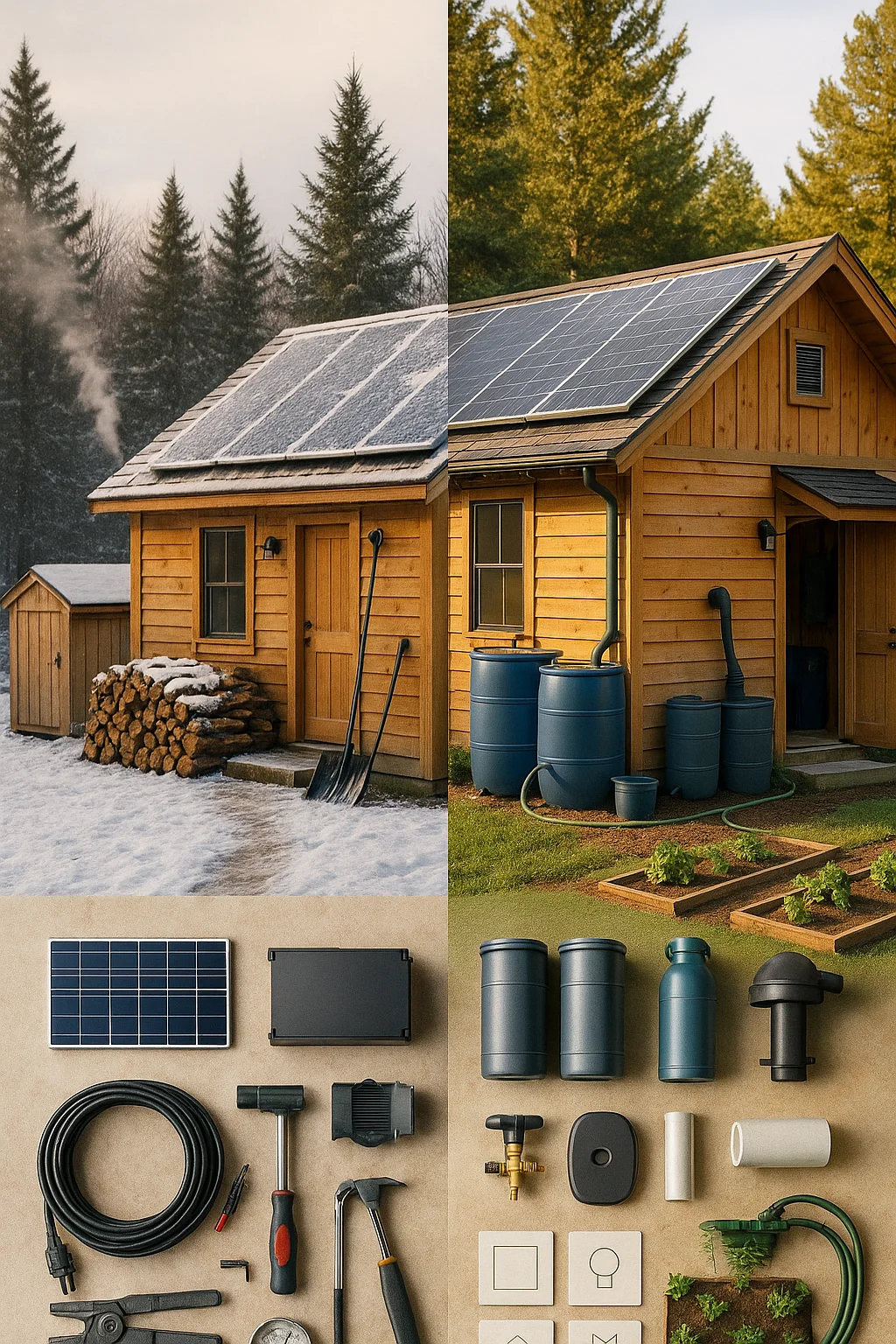
Winter vs Summer Loads
-
Winter: Battery heating, panel snow clearing, wood splitting, road access.
-
Summer: Higher water demand, dust on panels, wildfire smoke reducing sun.
Weekly/Monthly Rhythm
-
Weekly: Battery SOC check, fridge temp log, brief visual inspection of filters and lines.
-
Monthly: Change sediment filter, test CO/smoke alarms, generator exercise run, inspect chimney.
-
Quarterly: Tighten electrical lugs, clean panel backs, pest control, full system audit.
Internet, Work & School Off-Grid
Connectivity Options
-
Satellite (LEO): Broad coverage; watch for trees and weather.
-
LTE hotspot + booster: Great near towers; mind data caps.
-
Long-range Wi-Fi bridge: Only with line-of-sight to a connection.
Power Budget for Work
-
Router + modem (~15–25 W), laptop(s), task lighting. Put the home office on a switched sub-circuit so you can shut it all down with one toggle.
Mindset & Community (The Human Factor)
Daily Rhythms
-
Chores aren’t interruptions; they’re the structure of off grid living. Stack them with sunrise, weather, and seasons.
-
Build slack into the day so a breakdown doesn’t break the week.
Local Relationships
-
Neighbors with plows, tractors, and spare parts are gold. Barter and mutual aid reduce cash outlay and build resilience.
Try Before You Buy: A Phased Plan
90-Day Pilot (Test Drive)
-
Rent an off-grid cabin or simulate off-grid at home by flipping breakers off except essentials.
-
Track kWh/day, gallons/day, and maintenance hours honestly.
Build in Layers
-
Efficiency first (insulation, air sealing, appliance swaps)
-
Grid-tied solar (where allowed)
-
Batteries + critical loads panel
-
Water independence
-
Heat & cooking adjustments
-
Full off grid living when you’re ready
Compliance & Insurance Checklist
-
Permit folder: site plan, septic approvals, electrical sign-off, final inspections.
-
Photos, serial numbers, warranty docs, and a binder of manuals.
-
Insurance riders for wood heat, outbuildings, and off-pavement access.
FAQs: Off Grid Living
Is off grid living cheaper than staying on-grid?
Sometimes, but not always. Upfront costs are significant. Long-term savings depend on your energy habits, climate, and DIY capacity. Run a total cost of ownership comparison before deciding.
Can you do off grid living in cloudy or northern climates?
Yes—with a larger array, generous battery bank, and a dependable generator/fuel plan. Design for winter, not summer.
What’s the best battery chemistry for off grid living?
LiFePO₄ offers deep cycles, high usable capacity, and long life; AGM costs less upfront but stores less usable energy and dislikes deep discharges. Choose based on climate, budget, and autonomy goals.
How do you get internet while off grid living?
Satellite (LEO) works in most places; LTE hotspots with boosters can be fast near towers. Budget the power draw for modem/router and plan scheduled downtime.
Is rainwater safe for off grid living?
It can be—if you use appropriate roof materials, first-flush diversion, filtration, and disinfection. Test water periodically.
What surprises people most about off grid living?
The time commitment. Systems work beautifully—but they do need you. Households that thrive treat maintenance like brushing teeth: routine and non-negotiable.
Ready to turn a quiet vision into a working off-grid plan?
Map your homestead loops with The Self-Sufficient Backyard →
Recommended Resources
- The Self-Sufficient Backyard — a practical blueprint for small-space off-grid power, water, food, and workflow.
- The AquaTower — compact off-grid water setup to simplify storage and filtration.
- Ultimate OFF-GRID Generator — DIY backup power plan to bridge storms and winter shoulder seasons.
- The Lost Superfoods — long-lasting pantry staples that reduce freezer dependence.
- Medicinal Garden Kit — grow a small herbal first-aid bed for remote living.
Choose Intentionally
Off grid living can be freedom—or frustration. The difference is a plan anchored in numbers (kWh, gallons), law (permits, codes), and rhythms (maintenance, meals, seasons). If the quiet calls you, honor it—just bring a pencil, a calculator, and a phased roadmap. Start with a 90-day pilot, model winter loads with a margin, and talk to your local office before you break ground. The wilderness is gorgeous; so is a system that works on a Tuesday in February.
Your Next Step
Tell me your region/climate, household size, must-have appliances, and target days of autonomy. I’ll generate a custom power & water worksheet (with your peak sun hours) plus a printable off-grid pantry plan with 10 one-pot recipes you can cook on a single burner or wood stove—so you can stress-test your plan before you commit.

